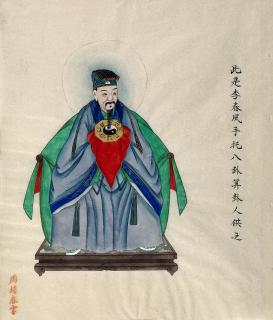Premodern East Asia received a great amount of foreign astrological and cosmological concepts from abroad over the centuries, which in turn influenced religious traditions and artistic expressions of the stars. At the same time, indigenous lore was also maintained and transmitted over the centuries, sometimes overlapping and influencing what were originally foreign elements. This project will systematically catalog visual representations of the stars, planets, and asterisms found in the Buddhist and Daoist canons, as well as diverse illuminated manuscripts and other material objects from East Asia. In addition to adding entries to the Visualization and Material Cultures of the Heavens database, I aim to produce a monograph that explains in detail the introduction and evolution of foreign cosmology and astrology in China and Japan with a particular focus on the relevant iconography. This area of research will also touch on social and political functions of astrology as well as both religious and scientific approaches to astronomy, since the stars were treated differently depending on the context. For example, in China, we find images of stellar deities used as objects of worship. In Japan, astrologer-monks carried out planetary rituals using various icons, while also serving as advisors on calendrical reforms. I will also examine star maps on paper and tomb ceilings across East Asia to determine how they were utilized in different circumstances.

Portrait of Li Chunfeng, 19th century, Wellcome Collection (567571i). Public Domain. https://wellcomecollection.org/works/nhujckzg/images?id=hxq78cwj.
Project
(2024-2027)
